I have a question about a Database technique to store dependencies. I know there are out there a lot of them, but I cannot place them easily in the scheme I need. I have created simple image:

As you can see what I need is to create a tree of skills (like in games) which depends on each other. So for example if someone goes and want to have skill 8 I can tell him that he needs to first have skill 1,2 and 5.
This might be fine for hirearchial data in database, but what I cannot quite figure out is how to do this model dynamically. The problem I have is, that skills will be added all the time in all possible places in the tree. Never ending. An skills can be added on any level.
Now after this first question there is one more complication. I need the skills to have levels as well. So for example skill 1 can have 10 levels. and you can achieve skill 2 only after achieving skill 1 level 5.
For people who play games like World of Warcraft should be understandable.
One more note, Skills can be added anytime, but cannot be changed after adding. On normal basis. Just in case some of the skill would be extremely bad or something like that, then it would be removed, but that would occur just very rarely.
Thank you for suggestions, links or any other materials!